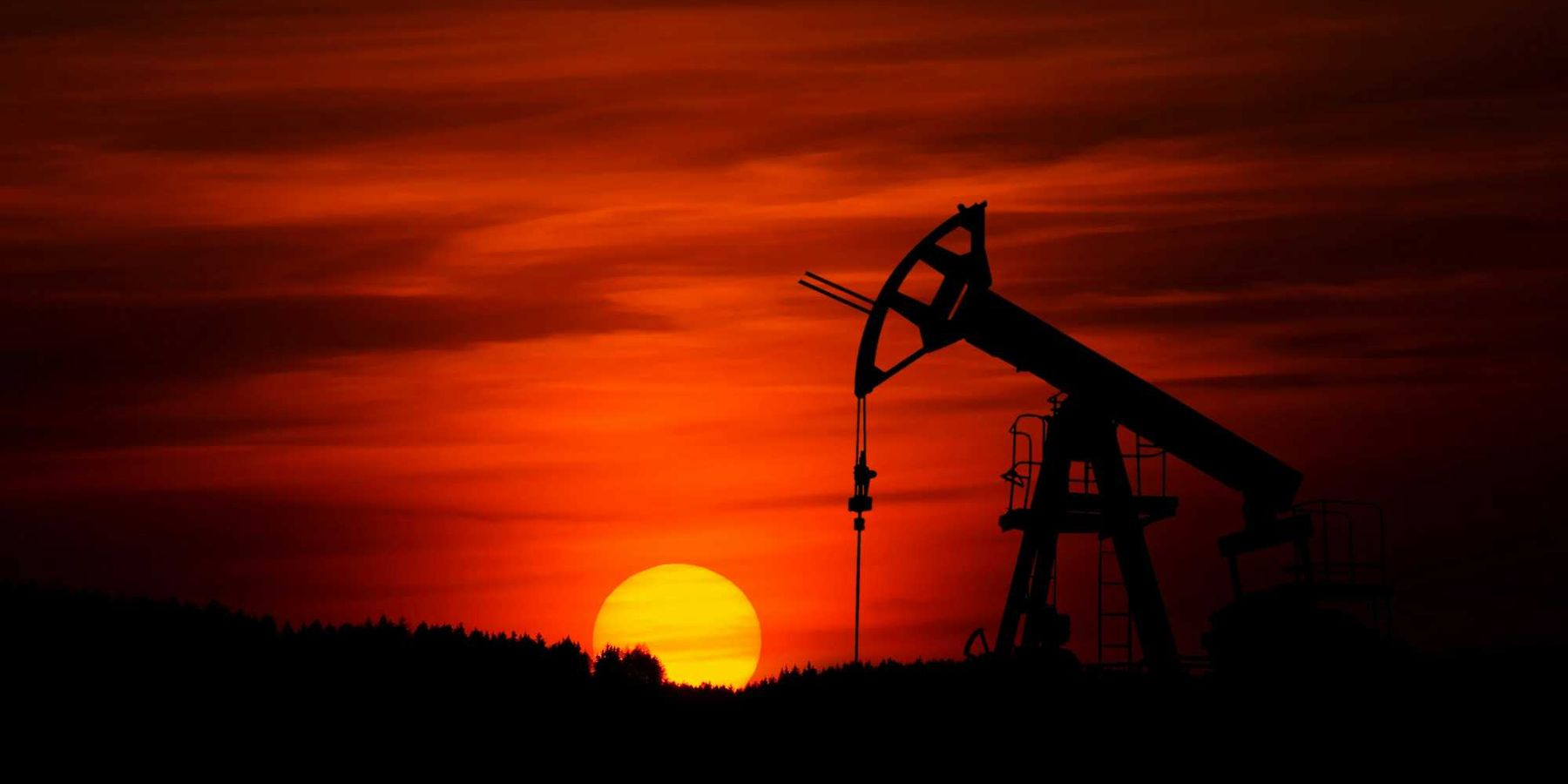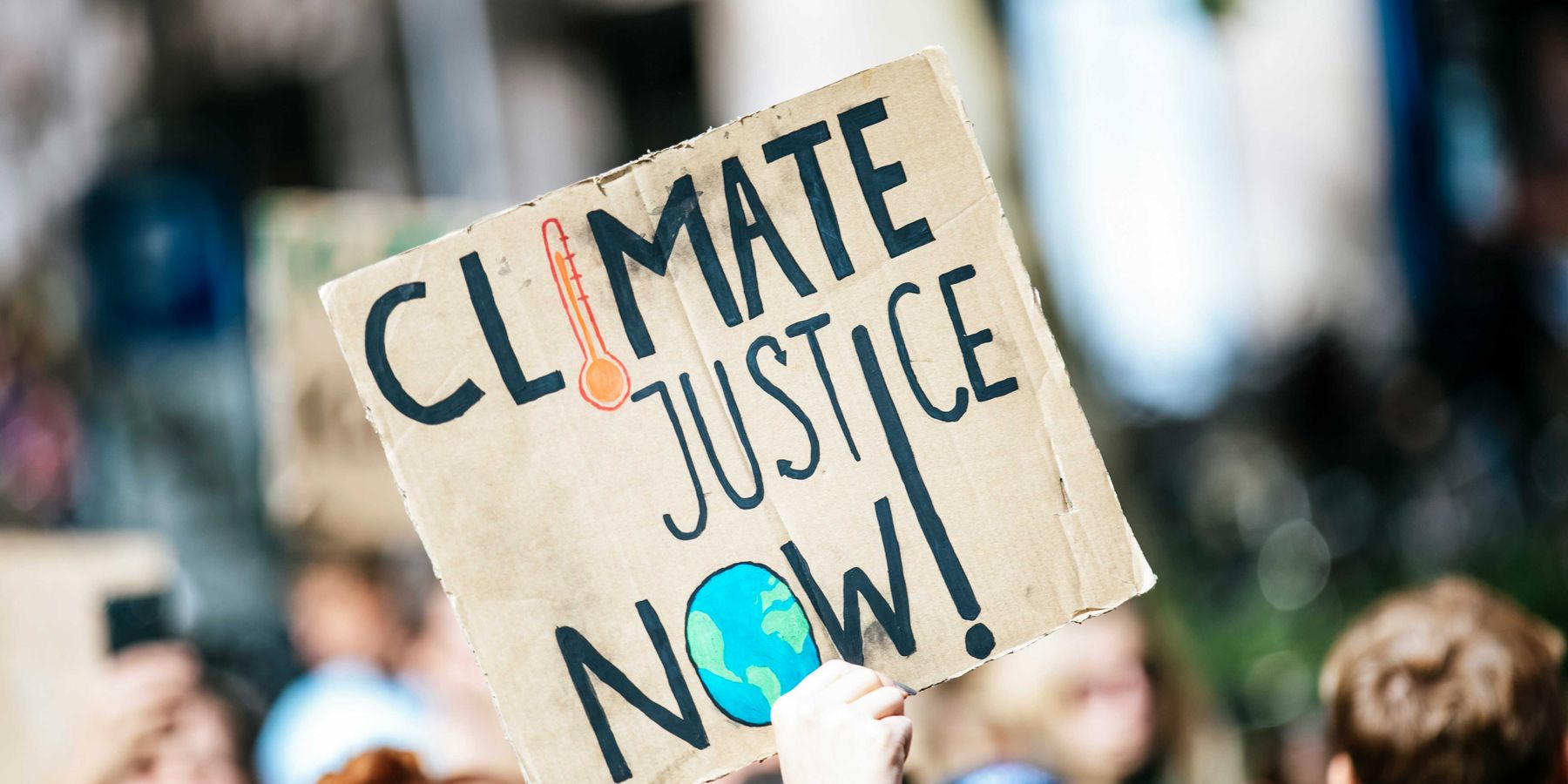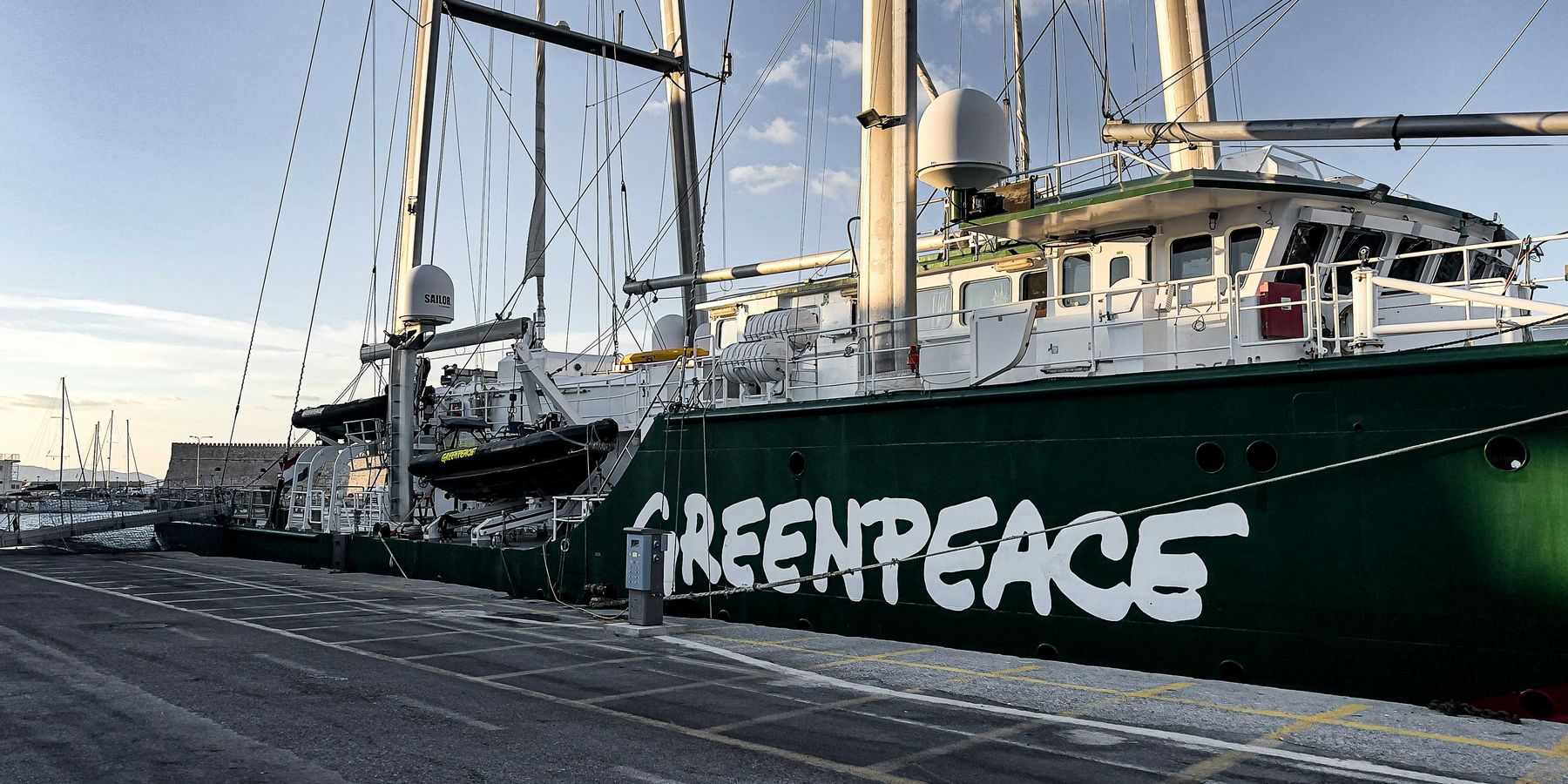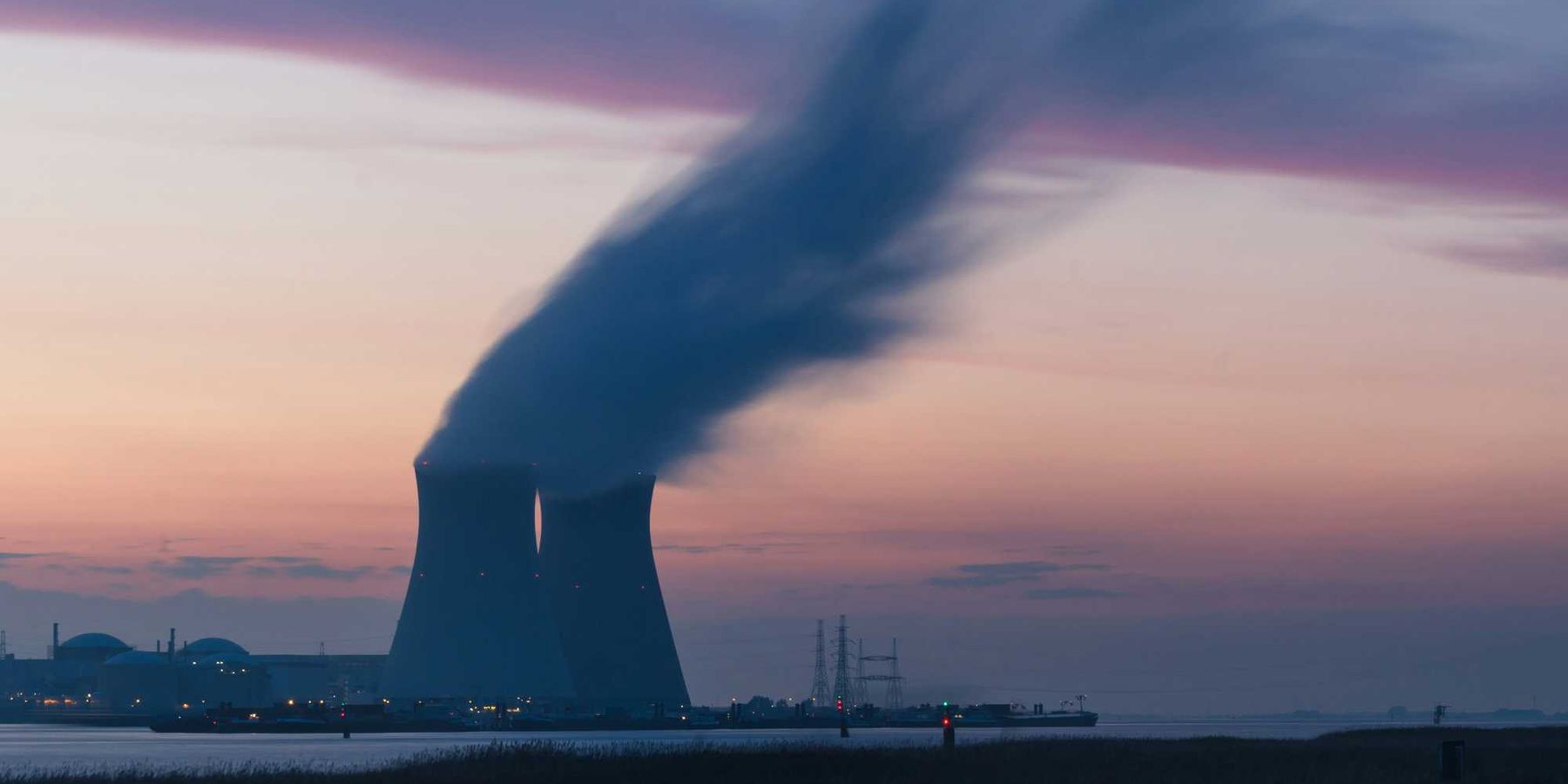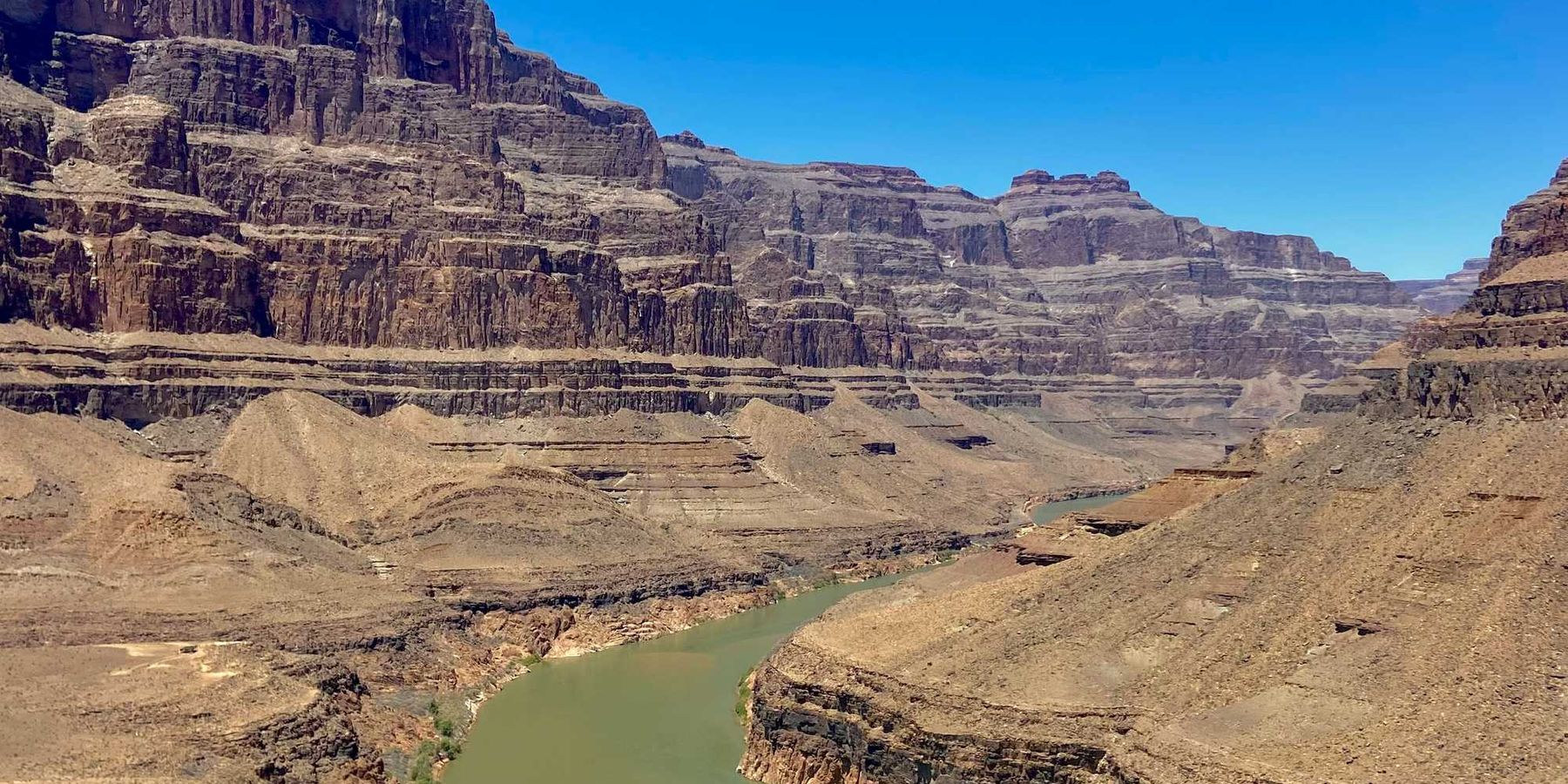Colorado kids with leukemia are more than twice as likely to live near dense oil and gas development
A recent study suggests that living near a higher density of oil and gas wells increases childhood cancer risk.
A recent study found that Colorado children who’d been diagnosed with Acute Lymphocytic Leukemia were more than twice as likely to live near dense oil and gas development, including both conventional and fracking wells, than healthy children throughout the state.
Oil and gas wells emit chemicals that have been linked to increased risk for this type of leukemia — the most common form of childhood cancer — including benzene and polycyclic aromatic hydrocarbons, among others.
Previous research in Colorado and Pennsylvania, which are among the top 10 energy-producing states in the country, have also linked living near oil and gas wells with higher risk for childhood leukemia, but this is the first to assess whether the density of wells and the volume of oil and gas being produced leads to greater risk.
The new study, published in Cancer Epidemiology, Biomarkers & Prevention, looked at medical records for more than 3,000 children born in Colorado between 1992 and 2019. The researchers found that children who were diagnosed with leukemia between the ages of two and nine were more than twice as likely to live within five kilometers — about three miles — of dense oil and gas development compared to healthy children. The study also found that Children who’d been diagnosed with leukemia during this time period were between 1.4 and 2.64 times more likely to live within 13 kilometers (about eight miles) of dense oil and gas development.
“Considering the density of oil and gas development is really important,” Lisa McKenzie, lead author of the study and associate professor of environmental and occupational health at the Colorado School of Public Health, told EHN. “If you were in the unusual situation of having just one oil and gas well within a kilometer of your home, that might not have increased your child’s risk for leukemia. However, we found that if you had lots and lots of wells within 13 kilometers [about eight miles] of your home, that did increase the risk for childhood leukemia.”
The study included 451 children with leukemia and 2,706 healthy children, and considered the density of oil and gas development near their homes starting at the time their mothers conceived them through the time of their diagnosis (or a similar time frame for healthy children). The researchers assessed the density of oil and gas production by looking at the number of wells present, how close they were to a child’s home, the number of new wells being drilled, and how much oil and gas was being produced at various times within three, five, and 13 kilometers of their homes.
“Children living near the densest areas of oil and gas development had the highest risk increase,” McKenzie said, “but we also found that children with leukemia were much more likely to be living within three or five kilometers of any oil and gas wells than children without leukemia.”
The researchers controlled for other childhood cancer risk factors including other sources of pollution around the home, UV exposure, distance to the nearest highway, the mothers’ ages, and the child’s biological sex and birth weight.
“This study has numerous strengths,” Cassandra Clark, a postdoctoral fellow at the University of Minnesota's Division of Pediatric Epidemiology and Clinical Research, told EHN. Clark, who was not involved in the study but co-authored a 2022 paper on childhood cancer risk and fracking in Pennsylvania that made similar findings, said this study’s strengths include using a larger sample size than previous research, controlling for other childhood cancer risks, and focusing on the age range where childhood leukemia incidence is highest.
“We have now seen three high-quality case-control studies documenting increased pediatric leukemia risk associated with proximity to oil and gas development, and the effects observed are relatively consistent across studies,” Clark said, adding that there’s now enough research on this for policymakers to “develop health-protective policies for oil and gas development.”
In 2020, Colorado legislators increased the state’s setback distances — the minimum distance between new fracking wells and homes, schools, hospitals, and businesses — from 500 feet from homes and 1,000 feet for high-occupancy buildings like schools, to 2,000 feet (a little more than half a kilometer) from all schools and homes. Those distances are among the most health-protective in the country.
In Pennsylvania, for example, the setback distance is 500 feet (about 0.15 kilometers) for any occupied building, but this can be waived by property owners, and some facilities operate within 300 feet of residential buildings. Public health experts have warned that these distances are not great enough to protect public health, but efforts to expand setback distances in the state have repeatedly been shot down by Pennsylvania lawmakers.
“Our research suggests that just increasing setback distances isn’t enough,” McKenzie said. “Current setback laws only consider where one new well is going. I would really encourage policymakers to consider the cumulative impacts of everything going on around homes or in areas where new oil and gas development is going to protect vulnerable populations like young children.”

